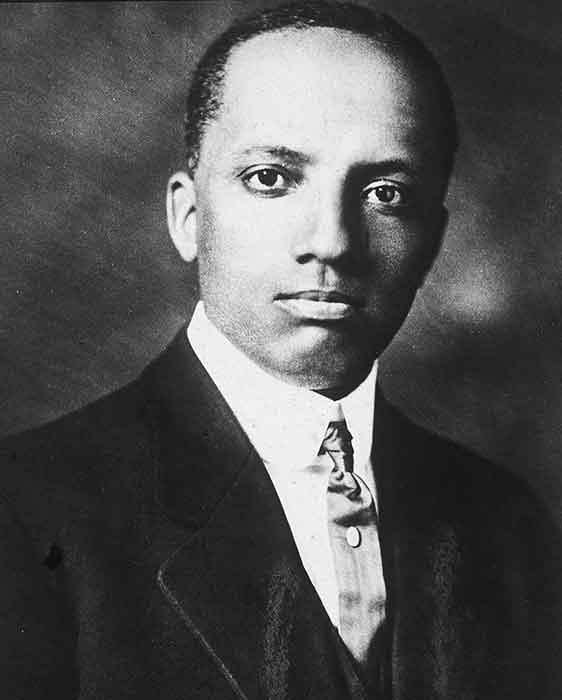The Man Who Started It All
February is Black History Month in the United States. Here’s the story of the man who worked to make sure the experiences and achievements of Black Americans would be celebrated.

Hulton Archive/Getty Images
This portrait of Carter G. Woodson was taken sometime in the 1910s.
February is Black History Month in the United States. The roots of this celebration date back to the early 20th century and one man’s efforts to highlight the achievements of Black Americans.
Carter G. Woodson was born in 1875 to parents who had once been enslaved. After earning a Ph.D. from Harvard University, he became a historian and college professor. Woodson devoted much of his career to studying Black history. During his career, he authored several books on the subject.
At the time, most scholars ignored or distorted the history of Black Americans. With few people writing about Black history, the experiences and achievements of Black Americans might have been forgotten. Woodson wanted to find a way to prevent this from happening. In 1915, he founded the Association for the Study of Negro Life and History (ASNLH). He also started a type of academic publication called a journal that was devoted to Black history.
In 1926, the ASNLH set aside the second week in February as Negro History Week. The organization chose this time of year to mark the birthdays of abolitionist Frederick Douglass and President Abraham Lincoln. Around the nation, schools and towns organized events to celebrate Negro History Week.
In the 1960s, the civil rights movement highlighted the importance of recognizing and learning about Black history. Many colleges began designating the entire month of February as Black History Month.
In 1976, President Gerald Ford officially recognized Black History Month. President Ford wrote, “In celebrating Black History Month…we can seize the opportunity to honor the too-often neglected accomplishments of Black Americans in every area of endeavor throughout our history.”








